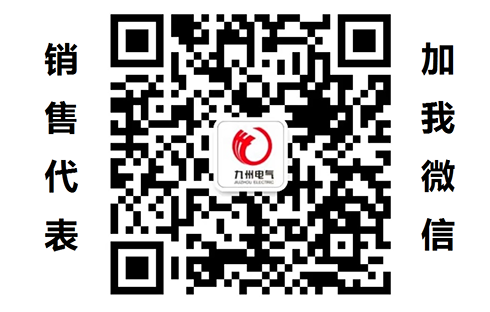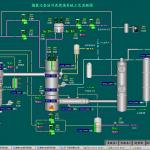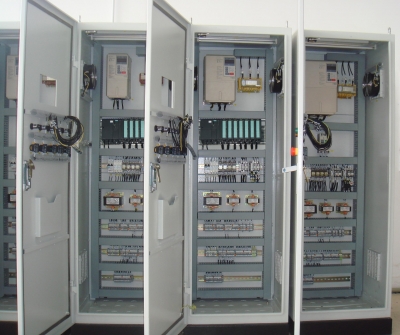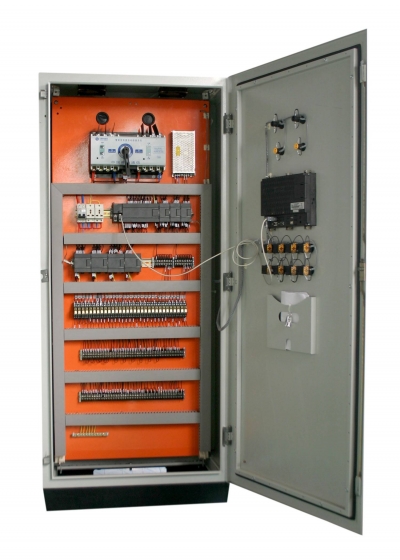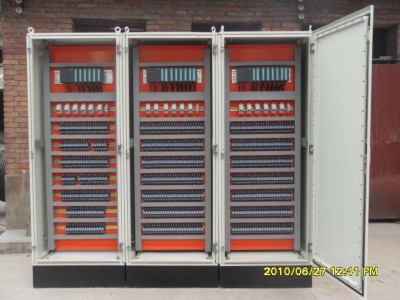- Home
-
Product
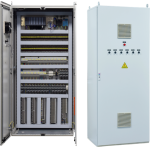

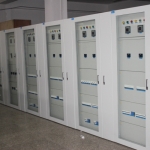
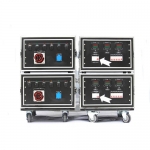
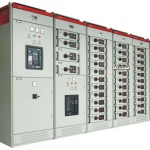
-
Solution
-
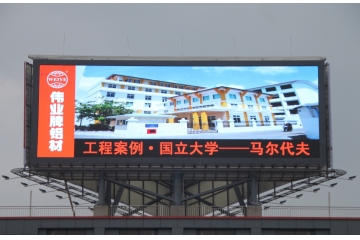 LED display power supply field
LED display power supply field
Features
- Smart
- Industry 4.0
- Private customized
Applications
-
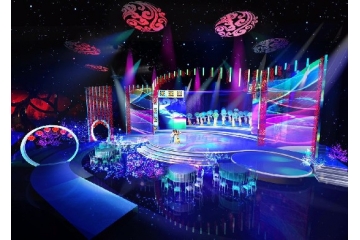 Stage rental and distribution areas
Stage rental and distribution areas
-
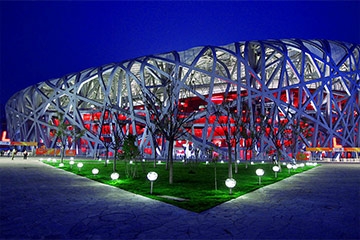 Lighting lighting engineering and distribution areas
Lighting lighting engineering and distribution areas
-
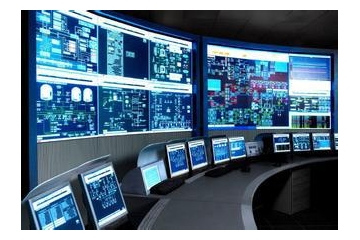 Smart industrial control
Smart industrial control
-
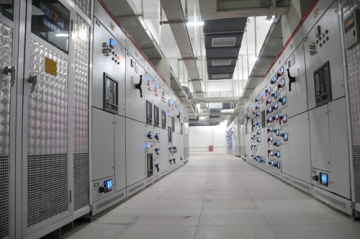 Low voltage distribution system
Low voltage distribution system
-
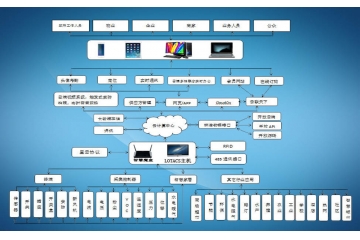 Operation and maintenance management system of Internet of things
Operation and maintenance management system of Internet of things
-
- Custom service
- Case
- News
- Service Support
- About us


